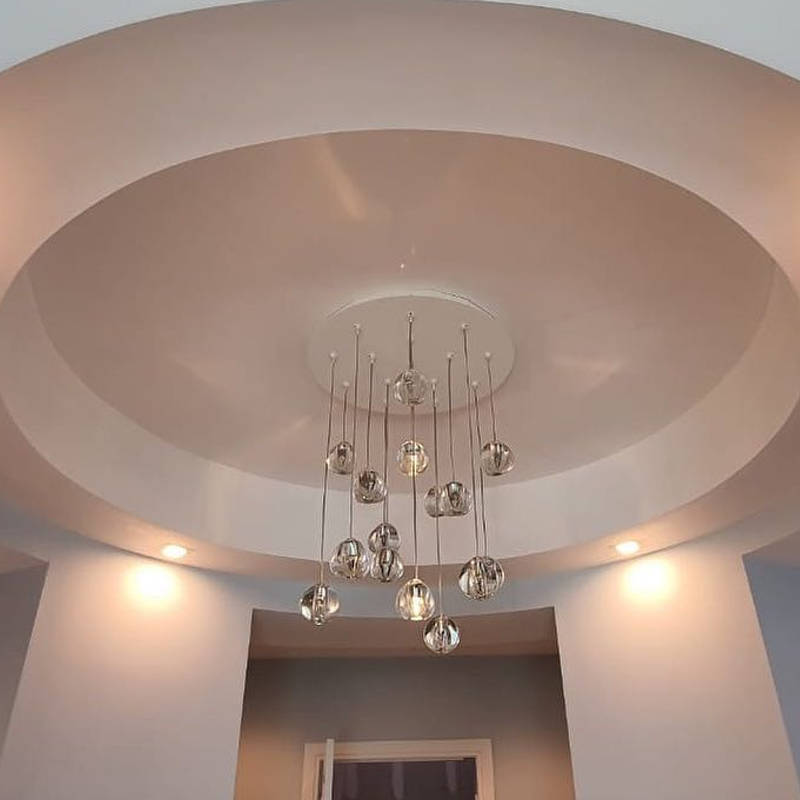
11 May Uneven surfaces that are ideal for polished plaster applications
As decorative plastering experts, the main question we ask ourselves with uneven surfaces is: why is the surface uneven? Often followed by: would polished plaster be suitable for this uneven surface?
Uneven surfaces are often a characteristic of older properties. If you live in an older building, you might have old lime plaster that has degraded over time and is crumbling in a few places. If you have an uneven surface in a newer property, then the wall may have been repaired and may not be as flush as it should be.
These are just two examples of why you might have an uneven surface. The good news is most problems have a simple solution.
Using polished plaster on uneven surfaces
Polished plaster can be applied to uneven surfaces like curves, columns, and archways, but it is not suitable for hiding imperfections.
This is because polished plaster is applied in very thin coats. The overall thickness of a polished plaster finish will be between 0.5 and 1mm.
This is not thick enough to hide imperfections in walls – for this, a thicker base skim is required first or repairs. The average thickness of new plastering is 12mm. To hide imperfections and create a beautiful, smooth finish, you would need 6mm of plaster, 3mm of skim and 1mm of polished plaster on average.
Basically, polished plaster is a finishing plaster – not a functional plaster.
Uneven surfaces where polished plaster is perfect
Now that you know what polished plaster can and can’t do, we can discuss the best uneven surfaces for polished plaster application.
Walls
So long as the substrate is structurally sound, uneven walls (such as those with a bulge) are suitable for polished plaster. You may want to correct the wall to make it level, but if not, a good finish can be achieved without additional work.
Archways
Archways are perfect for polished plaster. The smooth, even finish of polished plaster creates a showstopping finish to any archway. Add the high gloss shine and you have a great way to bring drama to an otherwise simple feature.
Columns
Polished plaster is great for columns. Polished plaster is a durable material that mimics the appearance of solid marble. This lets you create convincing solid marble columns that are like the real thing, only much more affordable.
Curves
If you have curved walls, polished plaster can create a high gloss transition between spaces and bring a connection to multiple spaces. The high gloss of polished plaster is useful for creating a sense of space and openness.
Vaulted ceilings
Vaulted ceilings are prime candidates for polished plaster. These ceilings have a volume of space overhead that gets amplified by the high gloss finish. You can use polished plaster on curved vaulted ceilings, such as those in cellars.
Uneven floors
If you have an uneven floor, we wouldn’t use polished plaster but instead a special type of concrete that can be polished. Concrete can be mixed in a variety of colours and will bring a sense of occasion to any space.




No Comments